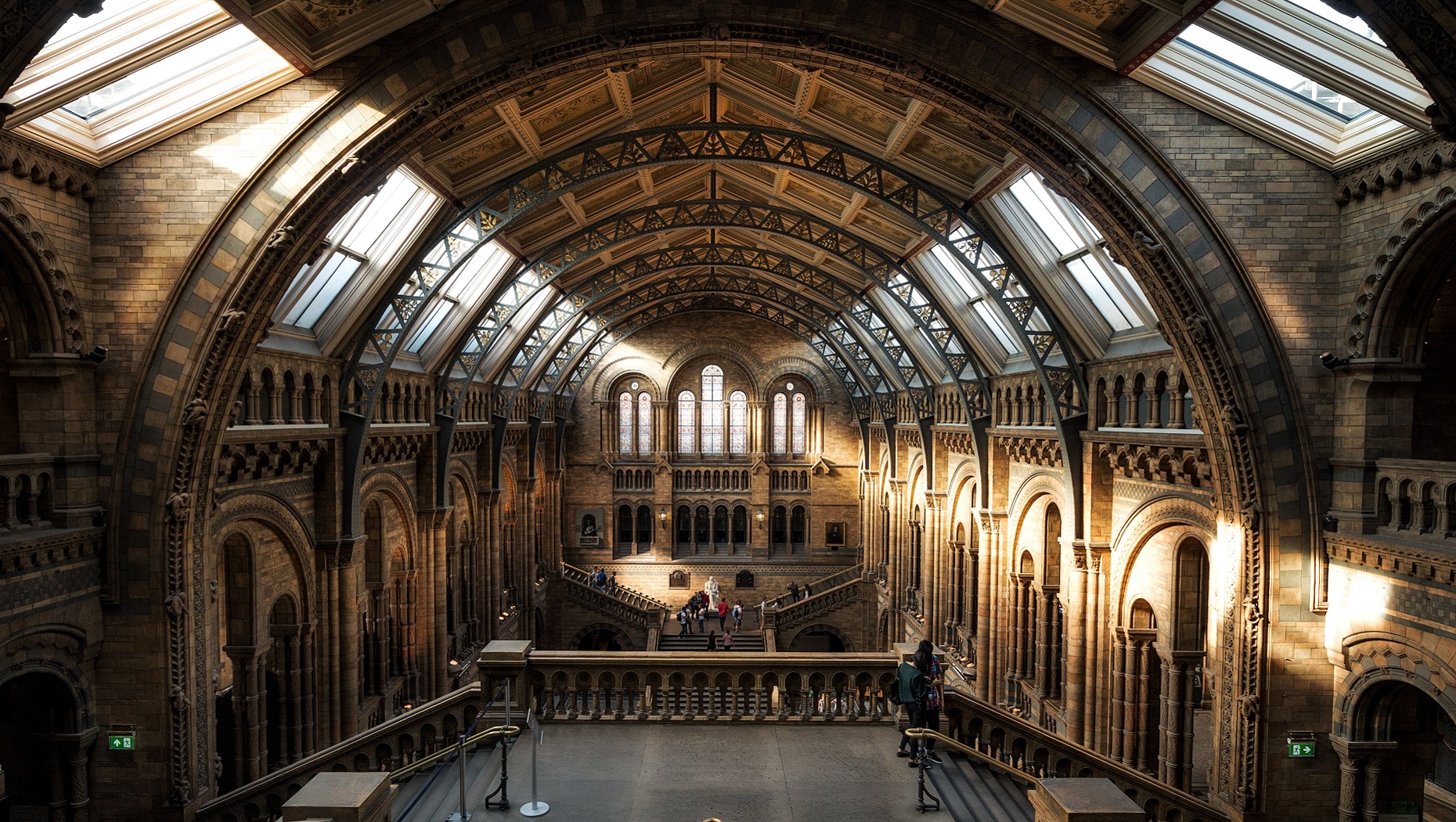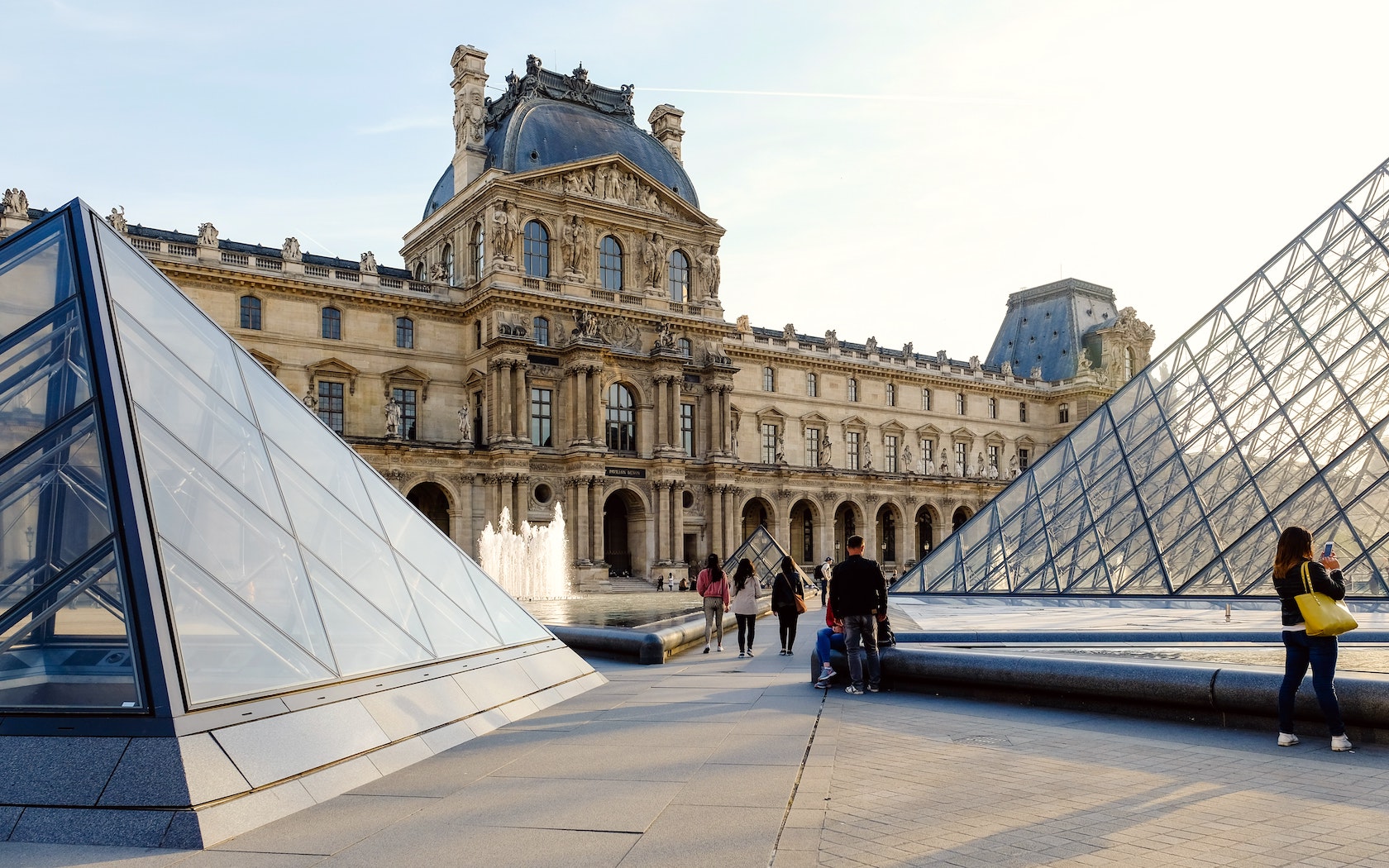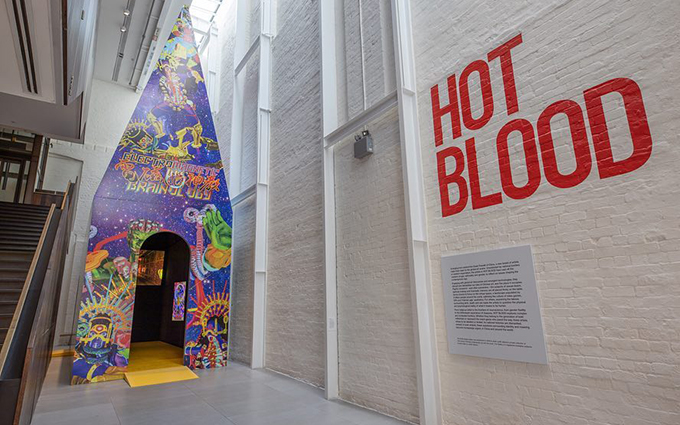A Guide To The Excellent Free Museums Of London

Checking out the sights and sounds of a modern cosmopolitan city can be damned expensive. You’ve got to pay to make your way around, pay to eat, pay to drink, pay to see art, landscapes, and pretty much anything you can think of to name.
Well, that is, unless you’re travelling to London. Sure, the United Kingdom might be a generally pricey place to visit (not to mention if you want to live there), but there’s one thing you’ll never pay for while travelling through the country: entry to museums.
[related_articles]61108,45294,48037,48838[/related_articles]Every single museum in London is free. That’s right, every last one. Individual exhibits will set you back, but entry to museums will never cost you a penny.
London boasts more museums than you could shake a stick at, from collections of art, to celebrations of science. And you can check out literally every one of them without having to plonk down a penny.
So why are all the museums free?
The museums are free thanks to a piece of legislation pushed through by Prime Minister Tony Blair in 2001.
Blair, one of they key figures in the New Labour movement, which was an attempt to push the left-wing of British politics closer to the centre, felt it was a priority to ensure that all living in the UK had unfettered access to its museums.
https://twitter.com/Jamesk75/status/834905675549507584
Blair’s reputation in the UK is a complicated one these days. Blair, after all, was an eager member of the Coalition of the Willing following the September 11 attacks, and the leadership style of Jeremy Corbyn, the current leader of Britain’s Labour party, has been seen by many as a direct push back against Blair’s.
However you see politics, Blair’s decision to make Britain’s museums free is still seen as one of his crowning achievements.
Which museums should you see?
You might not need to pay to see Britain’s museums with cold, hard cash, but they’ll still use up that other precious resource you have in short supply while travelling: time. Even if you wanted to, you’d never be able to catch every museum in the UK, so you’ll have to be pretty selective.
To that end, here’s a few of London’s most necessary attractions.
Tate Modern
In 2018, the Tate Modern finally became a Hollywood star: a climactic chase across London’s rooftops in Mission: Impossible – Fallout, ends with Tom Cruise and Henry Cavill scaling the inside of the Tate’s famous chimney stack.

But Londoners have known of the Tate’s beauty for decades now. The art museum features one of the biggest exhibition spaces in the world, an enormous turbine hall which has hosted such diverse installations as a giant crack in the floor, to a complicated series of slides that guests were free to travel down.
There’s also the Tate’s permanent collection, which contains paintings by Cy Twombly and Francis Bacon.
Natural History Museum
A haven for lovers of science, geography, biology, and the ephemera not covered by London’s other major museums, the Natural History Museum is located in South Kensington.
First established a staggering 138 years ago, the Natural History Museum has become most famous for its impressive display of dinosaur skeletons and animatronics (not to mention its wild parties.)

A giant, robotic T-rex near the Museum’s entrance has been terrifying young patrons for decades (including, it must be admitted, this writer when he was a young lad).
The museum also boasts a gigantic, totally intact blue whale skeleton, one of the few of its kind on display.
British Museum
The British Museum has an understandably problematic reputation: many of its most attractive draw cards were gained through the spread of colonialism.

The museum’s ownership of the Elgin Marbles, for example, one of the oldest and most intact collection of Classical Greek sculptures in the world, has long been controversial, with many over the years insisting that the museum return them to Greece.
However, the British Museum is slowly working to undo the damage that it has been inflicted in the past, and is making genuine strides towards change. Couldn’t come sooner enough, to be honest.
[related_articles]65706,63428,61108[/related_articles]In the meantime, it remains an important resource for both budding historians, and academics the world over.
Imperial War Museum
London’s Imperial War Museums is, as one might imagine, a sobering visit. Filled with relics from most of the world’s major wars, including weapons, uniforms, and letters home from soldiers, it is an exhaustive look into international conflict.
But of all of its exhibits, the War Museums are probably best known for their pristine collection of fighter planes.

Restored Spitfires hang from the ceiling, greeting you when you enter, and guests can get up close and personal with the fighters that won the Battle Over Britain.
[related_articles]57069,56478,54402[/related_articles]Well-funded, bursting with information, and designed to be accessible to visitors of all age ranges and backgrounds, it’s a perfect example of what makes London museums so great.
(Lead image: Natural History Museum, London)








